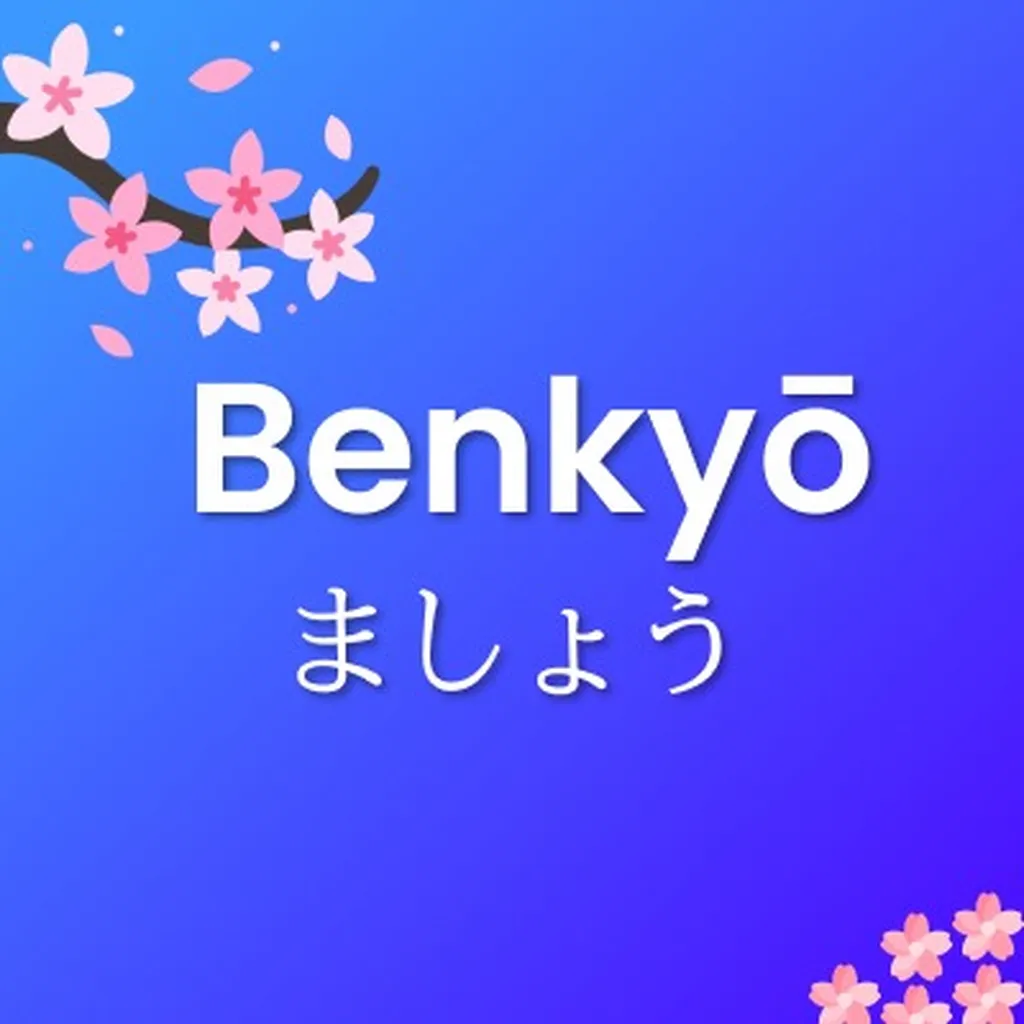Adjectives in Japanese – Overview
Japanese adjectives are broadly divided into two main categories:
い-adjectives (i-adjectives)
- End with the hiragana い.
Examples:
高い – expensive,
新しい – new,
可愛い – cute. - They can directly modify nouns, e.g.,
赤い林檎 -> "a red apple"
and conjugate on their own, e.g.,
高い → 高くない → 高かった.
な-adjectives (na-adjectives)
- Often look like nouns and require な to connect to a noun.
Examples:
きれい(な) – beautiful/clean,
静か(な) – quiet,
有名(な) – famous. - They need な before a noun, e.g.,
静かな部屋 -> "a quiet room"
and are conjugated by adding です, ではない, etc.
い-Adjectives vs. な-Adjectives: Key Differences
- い-adjectives: End in い; conjugate by modifying their endings.
Example:
赤い林檎 – "a red apple" - な-adjectives: Do not usually end in い and require な before a noun.
Example:
きれいな花 – "a beautiful flower"
赤い林檎
akai ringo
a red apple
Note: Example of an い-adjective.
きれいな花
kirei na hana
a beautiful flower
Note: Example of a な-adjective.
大きい犬
ōkii inu
a big dog
Note: Another い-adjective example.
元気な子供
genki na kodomo
an energetic child
Note: Another な-adjective example.
Cultural Note:
Some adjectives can be tricky—for example, きれい ends in い but is actually a な-adjective. This is often because many な-adjectives came from Chinese, while most い-adjectives are native Japanese. Japanese speakers naturally know which is which through exposure, but learners should pay special attention to these exceptions.
